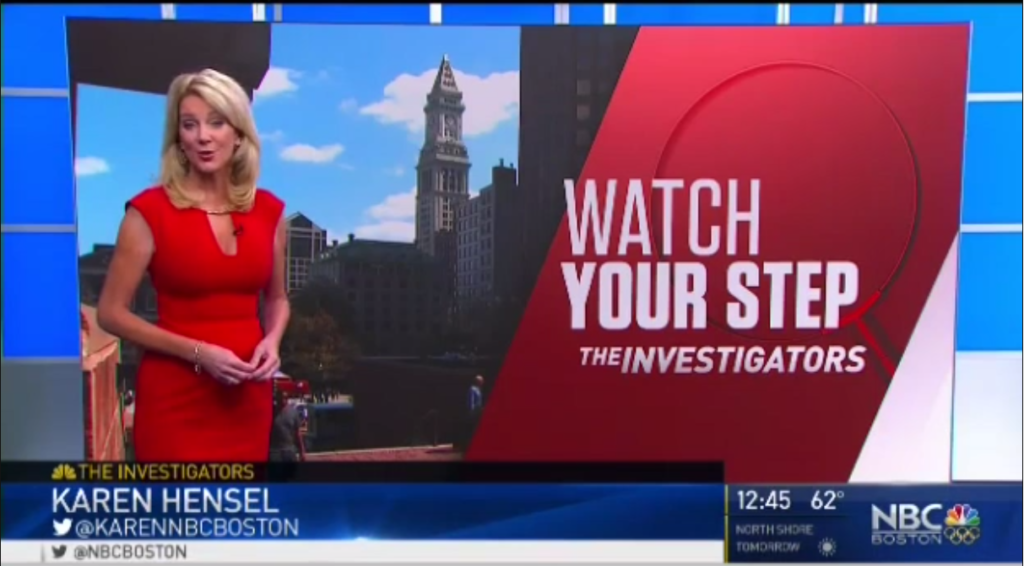Hazardous stairways: the dangers of these mundane and ubiquitous elements are too often overlooked by the average pedestrian and citizen, however, this fact has no bearing on the frequency of stairway accidents that are owing to defects that are glaringly obvious, if one only knows where to pay attention.
“When does a stairway become a hazardous stairway” is never a simple question. D.A. Doddridge – expert in hazardous stairways shows us the difference between safe and dangerous – which is often a matter of fractions of an inch. Much of the analysis lies in the determination of applicable building codes, which pertain to several parameters, including riser height and consistency, traction, handrails, lighting, and others. These codes are published by agencies at local, state, federal, and international levels.
Hazardous stairways may represent patent defects, such as in the design and execution of the original installation, or latent defects that rear their ugly head some months or years later. Many latent defects can be obviated if proper care and diligence is taken in the initial placement.
D.A. Doddridge has successfully testified has an expert for dozens of plaintiffs who were injured as a result of poorly designed or maintained stairs. Plaintiffs were rightfully awarded fair settlements for their accidents as a result of Doddridge’s professional expert forensic reports and testimony.
Join D.A. Doddridge and the NBC Channel 10 News crew for a deep dive investigation into the surprisingly ubiquitous world of hazardous stairways, throughout the Boston area.

